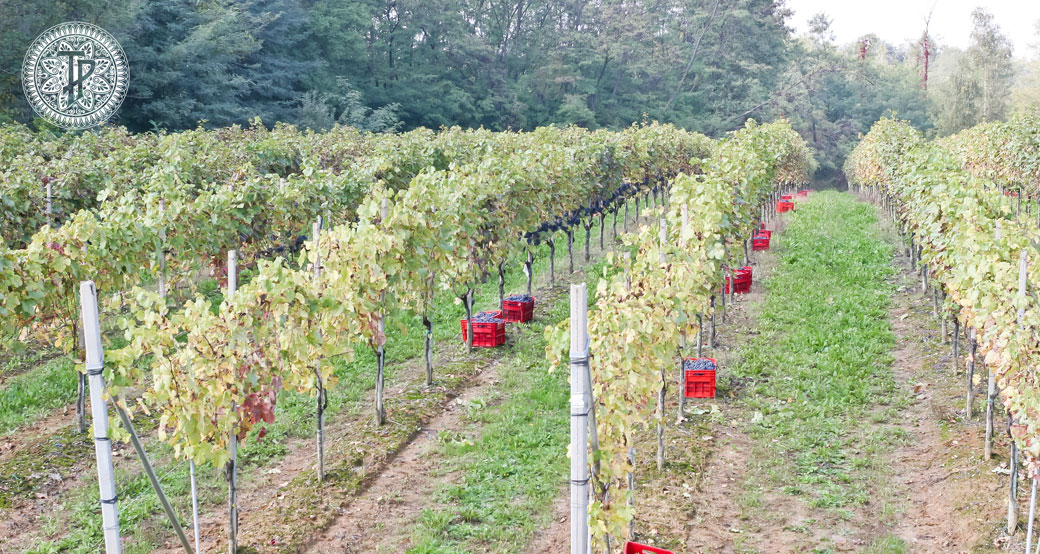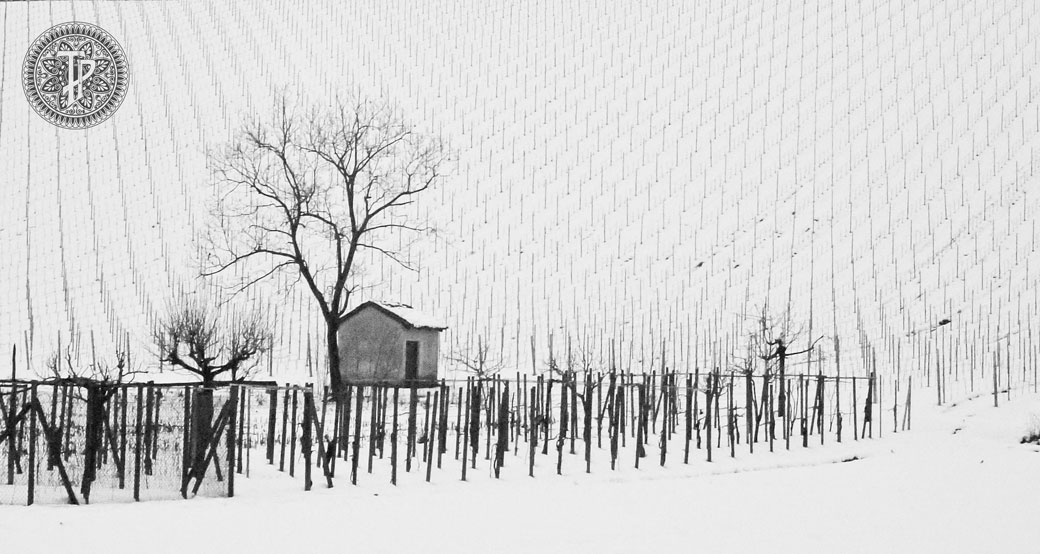INTRODUCTION TO GHEMME D.O.C.G.
Torraccia del Piantavigna has vineyards in both Ghemme and Gattinara, the two D.O.C.G. areas within the D.O.C. areas of the Colline Novaresi and Vercelli in Northern Piemonte. D.O.C.G. means ‘Denominazione di Origine Controllata e Garantita’ and applies to only the 73 most tightly regulated areas of Italy where strict maximum yields, best practices and rigid quality-control are applied. For a wine to be called Ghemme, it must not only come from the selected D.O.C.G. vineyards, but the yield cannot exceed 2,200 kg per acre, it must age for at least 3 years. We exceed all these demands, in all cases. The exclusivity of the wine is also linked to the fact that the D.O.C.G. covers a mere 140 acres of the finest vineyards in the area.
The soil is of fluvial and alluvial origin, from the glacial river which ran down from Monte Rosa. It is quite heavy with clay content and relatively acidic. Most importantly, cool air flows down from the mountains, providing large thermal differences between night and day, favouring the development of full aromas in the grape. Ghemme is a rich full-bodied wine with strong tannins that require significant ageing. A unique wine known throughout the ages for its richness, fullness of flavour and ability to mesmerise when at its best. Not as well-known as its sister wine, Gattinara, Ghemme, with a growing number of quality producers creating superb wines, is undoubtedly destined to regain its stature as one of the most prestigious wine-growing areas of Italy.
TECHNICAL CHARACTERISTICS OF GHEMME D.O.C.G.
Origin and method of vinification
Grape: as tradition demands, 90% Nebbiolo, 10% Vespolina
Vine training system: guyot
Area of production: own vineyard on top of the hill, historically called Ronco dell’Ulivo, in the territory of Ghemme
Orientation: East-West
Average yield per acre: about 2,200 kg, selection of the best grapes
Harvesting: hand-picked during the first fortnight of October and transported to the winery in small crates
Vinification: soft press of the grapes, fermentation in temperature-controlled steel tanks, monitoring the remontage frequency and the oxygen intake, so as to encourage the extraction of polyphenols. This is followed by a malolactic fermentation
Ageing: at least 3 years for the traditional Ghemme
Finishing: at least 6 months in the bottle
Bottle: inspired by an original dated 1904
Tasting notes
Colour: ruby-red, verging on gold
Nose: delicate, elegant and persistent, with suggestions of violet and liquorice
Flavour: dry, sapid and potent, with soft tannins and good residual acidity
Recommended initial serving temperature: 16°C-17°C, in a large glass, uncork some time before serving
Food pairings: it enhances red meat, braised beef, wild game and seasoned cheeses
Longevity: it is not uncommon to see bottles offering unique sensations even after 20 years from the date of harvest when kept in optimal conditions such as away from light and at a temperature of 16°C
GHEMME D.O.C.G. RISERVA
Vineyards and vinification
Grape variety: 90% Nebbiolo, 10% Vespolina, a typical local grape variety only cultivated in a total of 100 acres
Vineyards: estate vineyards of Ronco dell’Ulivo and Puncione on the hillsides of Ghemme
Soil composition: clay mixed with a stony base of rocks brought down from the Alps with relatively high acidity
Vine training system: guyot
Average yield per acre: around 2,000 kg
Harvesting: hand-picked, usually in the first half of October, and transported to the winery in small crates.
Vinification: traditional with maceration on the skins, followed by a malolactic fermentation.
Ageing: at least 4 years in medium-size French oak casks of Allier.
Finishing: at least 6 months in bottle.
Bottle: inspired by an original bottle dating from 1904.
Tasting notes
Colour: ruby-red with garnet reflections.
Nose: delicate, ripe red fruits with hints of violets and liquorice
Taste: dry, sapid with soft well-structured tannins, typical acidity. Extremely long finish.
Recommended initial serving temperature: serve at 16°C -18°C, in a large glass. The wine should ideally be opened up to 10 minutes before serving. We do not recommend the use of a decanter
Food pairings: this is a powerful wine which will work well with any rich, strong-tasting foods. The tannins will help break down the fats and the ever-changing nature of the wine in the glass and on the palate can provide magical sensations. Roast or grilled red meats, game, braised meats and mature cheeses.
Longevity: given the special nature of these wines, it is difficult to specify, although many bottles, if properly stored, out of the light at around 16°C, still provide memorable drinking even after 20 years.
Available sizes: 750 ml bottle, 1,500 ml Magnum and a 3,000 ml Jeroboam packed in high-quality wooden boxes with a sliding top.
Video review
Ghemme DOCG – The vintages
- GHEMME DOCG – 2000

- GHEMME DOCG – 2001

- GHEMME DOCG – 2003

- GHEMME DOCG – 2004

- GHEMME DOCG – 2005

- GHEMME DOCG – 2006

- GHEMME DOCG – 2007

- GHEMME DOCG – 2007 Riserva
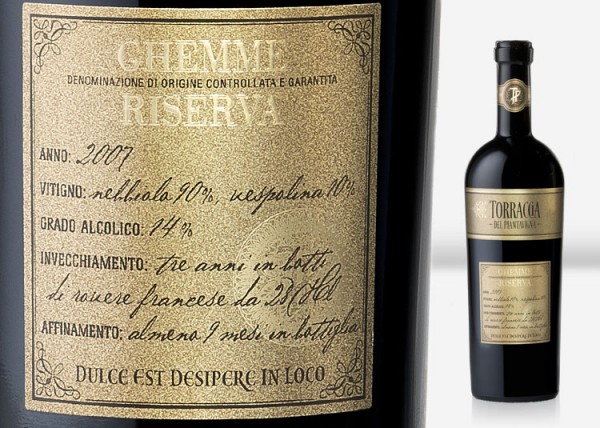
- GHEMME DOCG – 2008

- GHEMME DOCG – 2012

- GHEMME DOCG – 2009

- GHEMME DOCG – 2009 Riserva

- GHEMME DOCG – 2010

- GHEMME DOCG – VIGNA PELIZZANE 2010
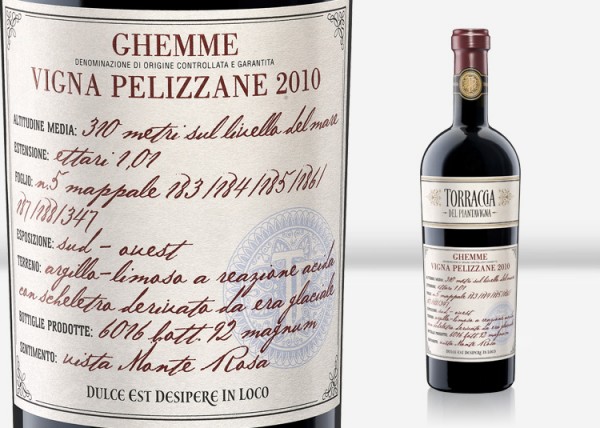
- GHEMME DOCG – VIGNA PELIZZANE 2008
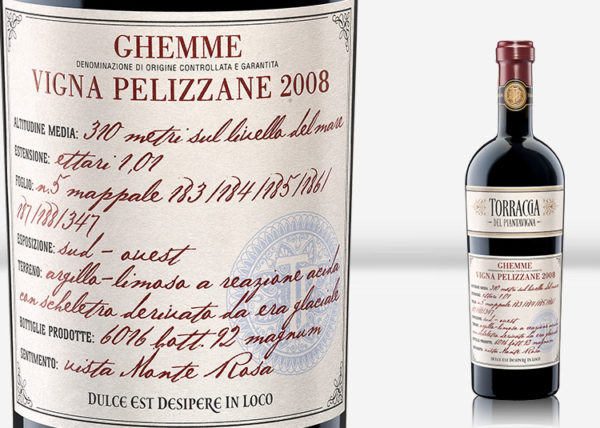
- GHEMME DOCG – 2011
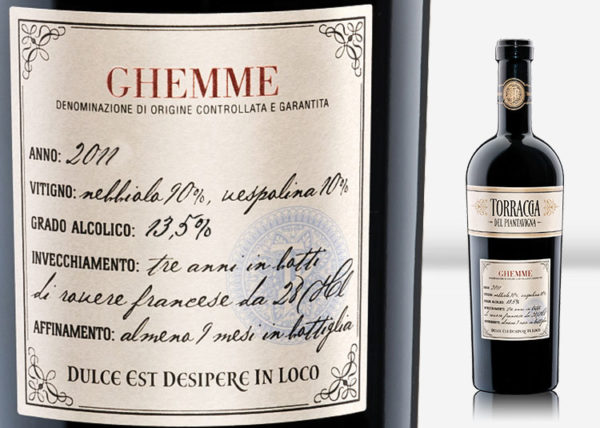
- GHEMME DOCG – VIGNA PELIZZANE 2011

- GHEMME DOCG – 2013

